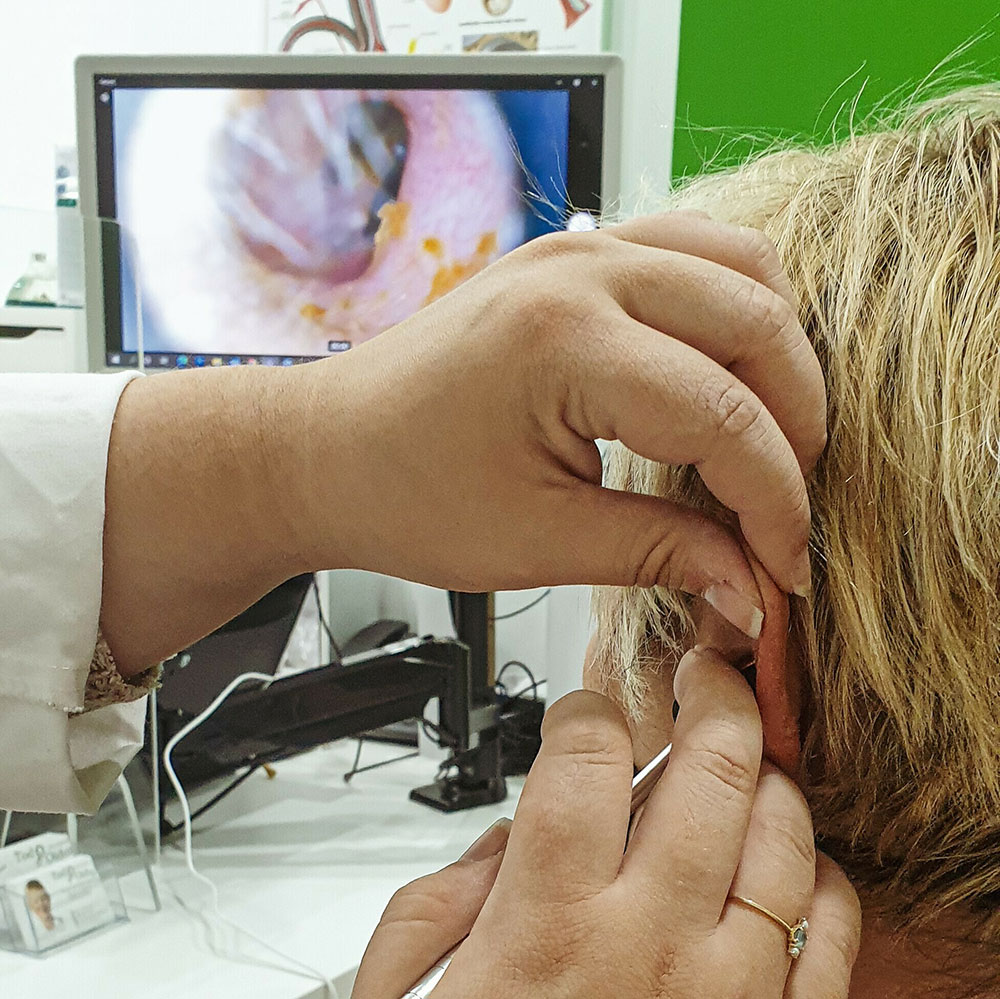Pure tone audiometry uses both air and bone conduction audiometry. This test identifies hearing thresholds by listening to frequency-specific beeps and whistles (called pure tones) and signalling when you can hear them.
The hearing check is also marked on an audiogram, pure tone audiometry involves listening to a range of beeps and whistles, called pure tones, and signalling when you can hear them.





